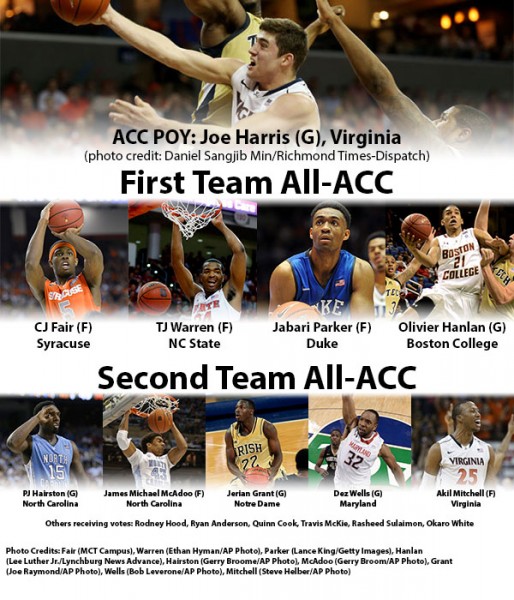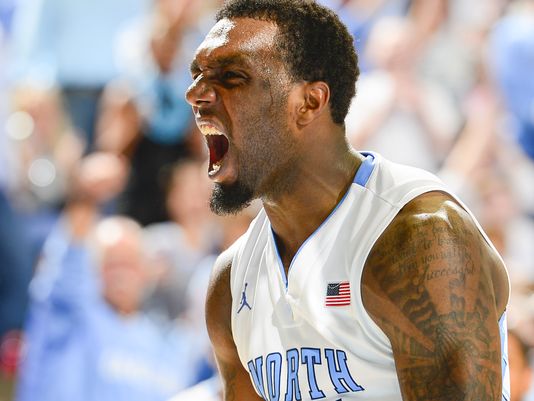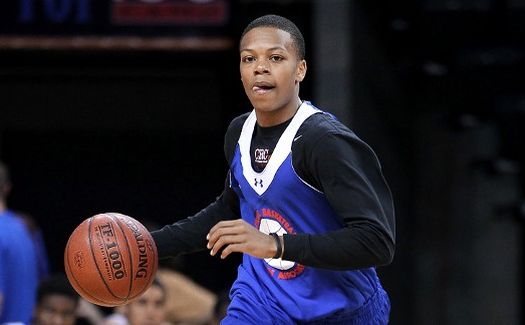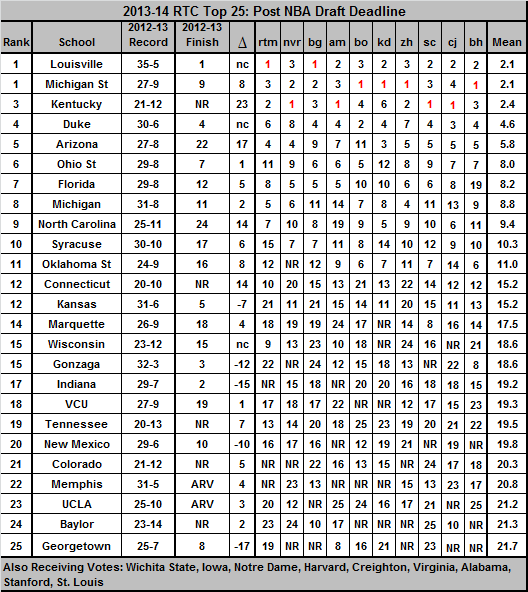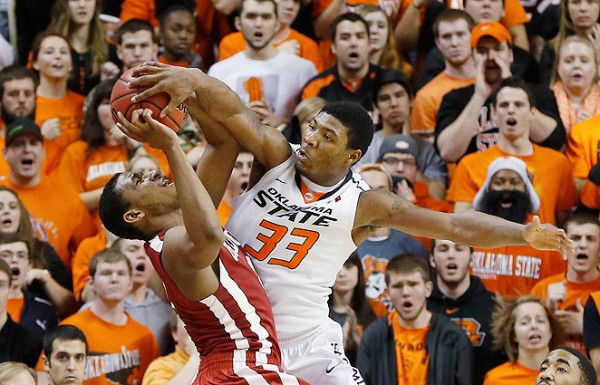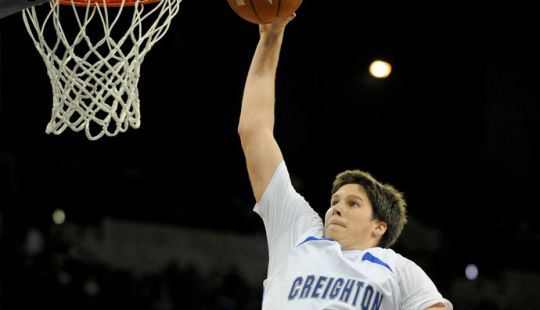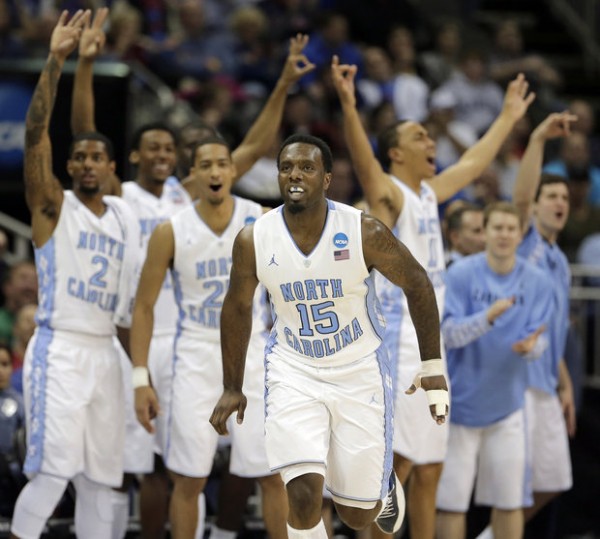Posted by KDoyle on March 22nd, 2013

#2 Georgetown vs. #15 Florida Gulf Coast – South Region Second Round (at Philadelphia) – 6:50 PM ET on TBS
Florida Gulf Coast is one of the better stories in this year’s NCAA Tournament. Only in their sixth year as a Division 1 program, the Eagles are riding their first winning season in history thanks to the hiring of former Florida State assistant Andy Enfield. In Enfield’s first year, they finished 15-17, but were a game away from the NCAA Tournament as they lost to Belmont in the Atlantic Sun finals. This year, Florida Gulf Coast has been the team to beat, and it began with an early season win over Miami (FL). FGCU’s style of play greatly differs from today’s opponent, the Georgetown Hoyas. The Hoyas are predicated on a stingy zone defense that rarely allows for clean looks at the basket, and they play at a snail’s pace. Led by Otto Porter, Georgetown has a legitimate star that can carry them deep into the NCAA Tournament. FGCU very much likes to get up and down the floor with Sherwood Brown and Bernard Thompson leading the attack. If FGCU is able to get out in the open floor and score in transition, they’ll keep it close for much of the game. Problem is that not many teams control the pace of a game quite like Georgetown—that’s what makes them such a difficult opponent as they force the opposition to play their style of game. Historically, Georgetown has struggled in the NCAA Tournament under John Thompson III as they’ve failed to reach the second weekend in four of six appearances under him, but many believe this is a different Hoya team. FGCU is playing with house money and expect them to make a game of this, but in front of a heavy Georgetown crowd in Philadelphia the Hoyas are simply too much in the end.

Andy Enfield has his FGCU squad playing great basketball. (AP)
The RTC Certified Pick: Georgetown
#2 Ohio State vs. #15 Iona – West Regional Second Round (at Dayton, OH) – 7:15 p.m. ET on CBS
One of the nation’s most balanced teams, the knock on the Buckeyes for the longest time this season was that they didn’t have a secondary scorer to help out junior DeShaun Thomas. We’ll get to that in a second, but let’s just say that Iona never had such a problem. Senior guard Lamont “Momo” Jones has always been the main offensive weapon on this team, never afraid to look for his own shot, but the Gaels have always trusted guard Sean Armand and forward David Laury to chip in heavily in the scoring column. And as a result, the Gaels have one of the most efficient offenses in the mid-major ranks. The problem for Tim Cluess’ team is the complete inability to stop teams on defense; only nine times all season have they held an opponent below one point per possession in a game. Given that Ohio State is one of the best defensive teams in the nation (sixth in defensive efficiency per KenPom.com), you can expect the Buckeyes to at least slow Iona’s prolific offense. And given that Thad Matta has been getting significantly improved offensive play out of guys like Aaron Craft, Lenzelle Smith, LaQuinton Ross and Sam Thompson, you can expect the Bucks to take advantage of that buttery soft Gael defense. While Momo Jones, et al. have the ability to make some exciting plays when they’ve got the ball, their inattention to details defensively will allow the Buckeyes to have more than their share of exciting offensive plays as well.
The RTC Certified Pick: Ohio State Read the rest of this entry »
| 2013 ncaa tournament, game analysis
| Tagged: andy enfield, ben howland, bernard thompson, billy donovan, brandon harris, chase tapley, elijah johnson, feature, florida, florida gulf coast, georgetown, jamaal franklin, james michael mcadoo, jay wright, jeff capel, jeff withey, john thompson III, jordan adams, kansas, ken mcdonald, lon kruger, marcus paige, minnesota, mouphtaou yarou, north carolina, northwestern state, oklahoma, otto porter, P.J. Hairston, ray harper, reggie bullock, rodney williams, romero osby, roy williams, ryan arci, ryan arcidiacono, san diego state, shabazz muhammad, sherwood brown, T.J. Price, trevor mbakwe, tubby smith, ucla, villanova, western kentucky
Share this story
